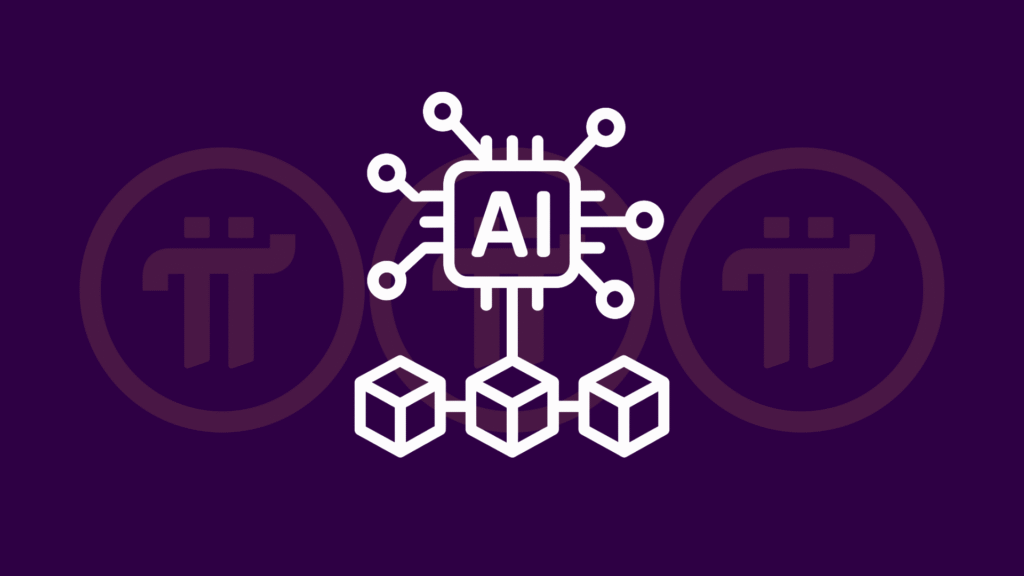Pi Network Ventures has made its first investment, backing OpenMind, a company developing an open operating system and protocol that could allow robots to think, learn, and collaborate. The idea is ambitious but simple. OpenMind wants to build the connective tissue that lets intelligent machines recognize one another, share context, and coordinate across both physical and digital environments.
In the same way that Android turned mobile hardware into an ecosystem, OpenMind wants to give robotics a common language. Its OM1 operating system and FABRIC protocol are designed to make intelligent machines interoperable, secure, and vendor-independent. It is infrastructure built for an age where AI no longer lives behind screens but operates in the real world.
For Pi Network Ventures, this investment signals a move toward that frontier. It marks the first step in a broader effort to support technologies that expand the utility of Pi, move more of the world’s production onto its network, and connect Pi to practical, real-world systems.
Testing What a Network Can Do
The partnership between Pi Network and OpenMind started with a quiet but important experiment. Volunteer Pi Node operators ran AI models for OpenMind to see whether Pi’s global network could perform computations for an external organization. It worked.
That success proved Pi’s infrastructure can do more than secure a ledger. The network of more than 350,000 active nodes holds vast unused computing power. If that power can be redirected toward AI tasks, it creates the foundation for a decentralized compute layer where developers can source capacity and pay node operators directly in Pi.
For the Pi community, it adds another dimension of utility. For AI companies, it offers an alternative to the rising costs and concentration of traditional cloud platforms. The proof-of-concept with OpenMind shows that distributed networks can participate meaningfully in the AI economy, not just as data sources or consumers but as infrastructure providers.
The Intersection of Blockchain and Intelligence
Both Pi Network and OpenMind are built on the idea that intelligence should be distributed, not centralized. OpenMind is developing tools that let machines learn together in open environments. Pi is building the systems that allow those environments to remain secure, verifiable, and economically active.
That overlap matters. As AI systems begin to handle tasks that once belonged to humans, the need for authentication, coordination, and transparent exchange grows. A world filled with autonomous agents will need shared infrastructure that can identify, transact, and communicate without relying on a single authority. OpenMind’s technology and Pi’s blockchain foundation both move toward that outcome.
Toward a New Kind of Utility
The collaboration with OpenMind serves as more than just an investment, hinting at what Pi’s network could evolve into. The same distributed structure that powers node validation could also provide decentralized cloud computing and AI model training. Over time, that computing layer could merge with Pi’s existing labor network, allowing developers to gather human feedback, perform computation, and pay contributors all within the same ecosystem.
If that vision holds, Pi becomes more than a network securing digital transactions. It becomes a living infrastructure where people and machines can build, train, and earn together.
The Road Ahead
Pi Network Ventures is positioning itself at the edge of a shift that is already reshaping the technology landscape. Blockchain and AI are no longer parallel movements. They are starting to intersect in ways that redefine where value is created and who participates in it.
By backing OpenMind, Pi is not betting on a single company. It is betting on the idea that intelligence itself can be decentralized.











